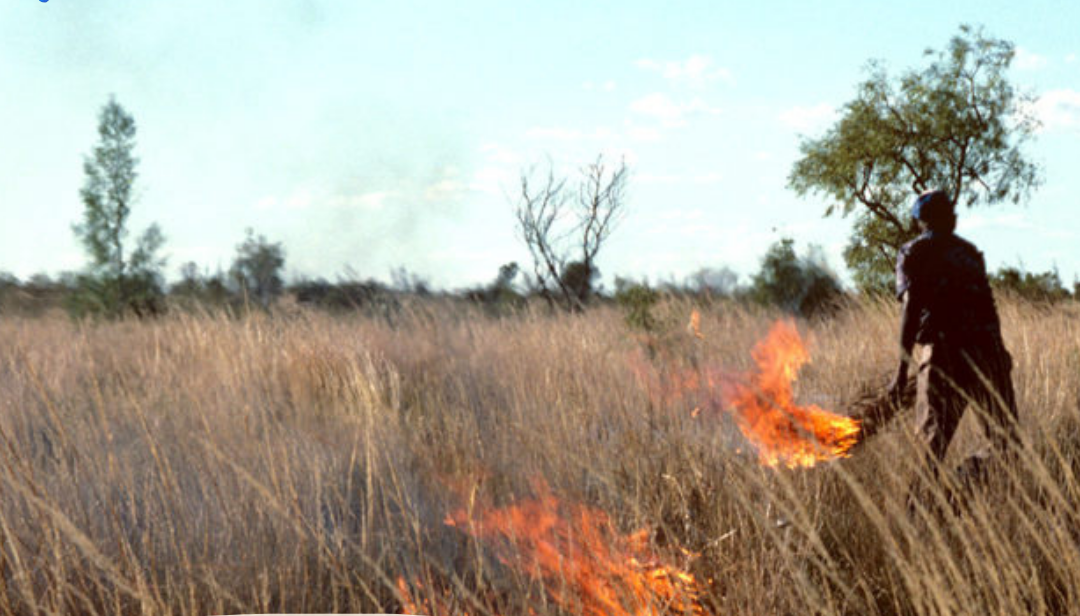Fire is often feared, however, the indigenous perspective allows us to view fire as a tool, to utilise it, to make the country healthy and help in its biodiversity.
Cultural burning is the traditional fire management practice of the indigenous people. Unlike back burning fire is used to enhance the health and wellbeing of country as-well-as assist the growth of the ecosystem across the land.
In traditional fire management, fire is not feared but used as a tool. It is done through slow, cool and low-intensity burns. To avoid any danger, fire practitioners like Batemans Bay Aboriginal Land Council work crew supervisor Andrew White, reads the land to determine the best time of year to burn.
“Back burning is really hot, intense fire, so it degrades the land,” he says. “We read country types to determine when it should be burnt and what time of year it should be burnt”
Healthy burns as described by Mr White, is white smoke with black ash. This differs to black smoke with white ash which is described as an unhealthy burn and can often be associated with back burning.
“That’s the whole difference between being an RFS firefighter to a fire practitioner,” Mr White says, “We utilise fire for our benefit and we walk with fire on country to utilise it.”
Andrew White and other fire practitioners use knowledge passed down through generations to take care of the land.
In an effort to educate others, Andrew White and his team assist local landowners to enhance the growth and health of their properties through guidances and the transition of knowledge.
“She’s really happy with the outcome,” Andrew says whilst recounting a visit to a local’s residence. “The first two days after the burn she was seeing kangaroos coming back.”
There was a significant change in the land and the resident experienced a higher rate in diverse native animals on her property. From here word began to spread, and more landholders jumped on board.
This allowed the Aboriginal Lands Council to access significant headlands, which are important to Indigenous people across the country.
Not only is traditional fire management useful to different country types but it is more efficient in saving water and money for equipment.
“We don’t need water tanks, and equipment doesn’t sit with us. When we burn, we don’t use water to put it out, we utilise different country types,” Mr White says.
It can help suppress wildfires and it really helps with the diversity of our landscapes. It eradicates weeds and is less labour intensive.”
Previous cultural burning of country assisted in the preservation of land during the devastating 2019-2020 summer bushfires.
“It suppressed the fire that much that it didn’t catch back to the canopy and for maybe a kilometre or two past our burn site there’s still canopy intact so that’s harbouring all these animals now that would have had no chance anywhere else,” Mr White says
Unfortunately, however, due to restrictions the land council are only authorised to conduct burnings on small pockets of land instead of a broad-scale approach.
“If we had done a bit more broad scale burning on the country, you’d see these outcomes more frequently and there wouldn’t be so much devastation,” he says.
We’re trying to teach people that it’s manageable, we don’t want to do all the work, we just want to help them, share our knowledge so they can manage their own land correctly,” he says. “We aren’t withholding our knowledge; we want to share it.”
If you would like to learn more about traditional fire management please visit, firesticks.org.au



